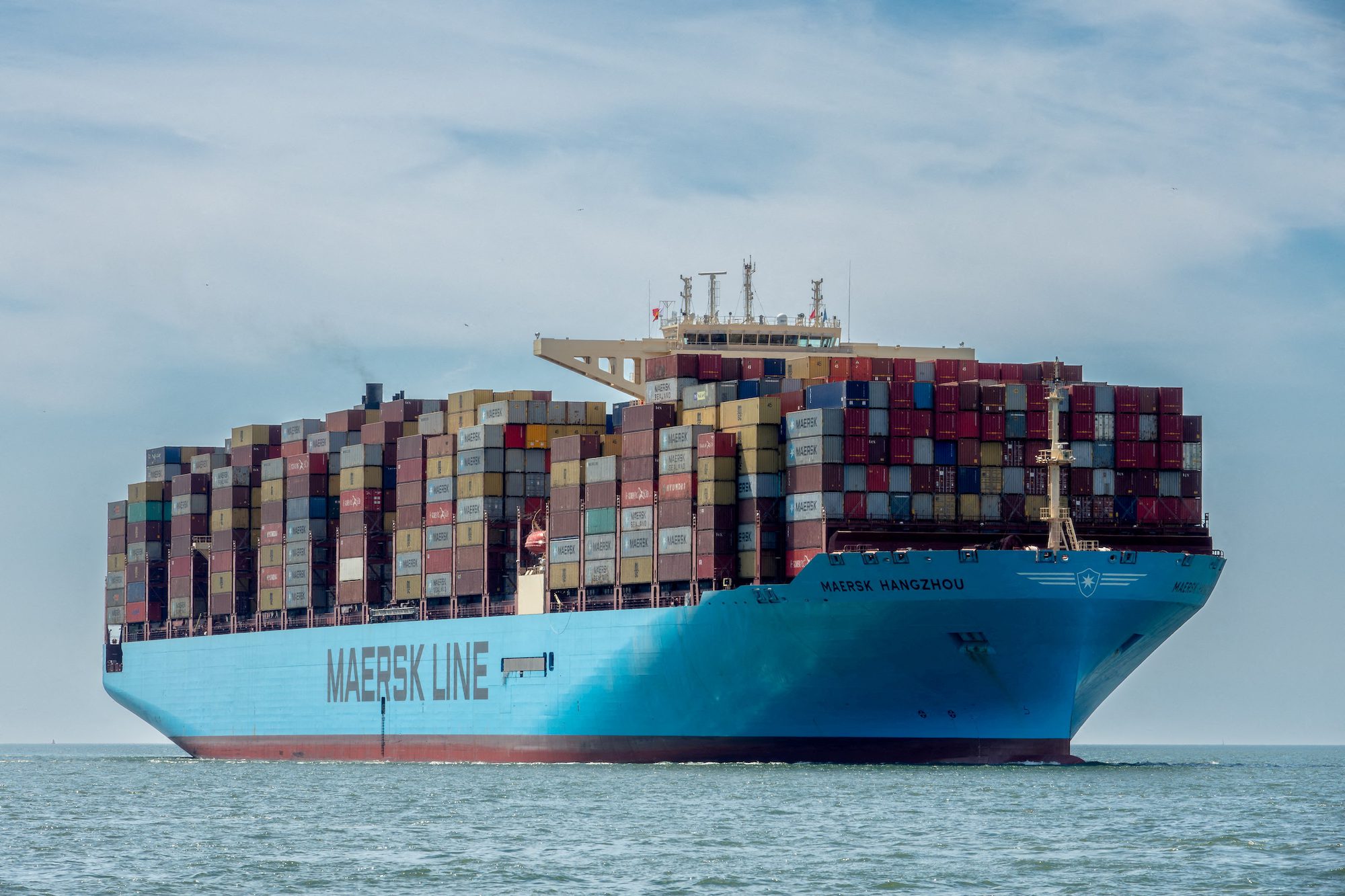MSC Mediterranean Shipping Company has reaffirmed its commitment to avoid the Northern Sea Route, citing environmental concerns and operational challenges, even as Chinese shipping companies increasingly capitalize on the Arctic passage that offers significantly shorter transit times between Asia and Europe.
“The Northern Sea Route remains underdeveloped for commercial shipping since safe navigation and transit are not assured,” MSC stated in a recent customer alert. The company emphasized that “an increase in Arctic transit traffic may also impact the fragile ecosystem of the region and the ice caps.”
MSC expressed concern about how increased shipping could negatively affect Arctic communities “by congesting existing shipping lanes and slowing down necessary traffic, which is an essential lifeline for their survival and prosperity.” The company also underscored that it has “no operational reason” to use the route as it possesses “the capacity and means to safely and reliably transport customer cargo globally without using the Northern Sea Route.”
This position from the world’s largest shipping line contrasts sharply with the growing Chinese interest in Arctic shipping. MSC President Diego Aponte initially made this environmental pledge in 2019, later reaffirming it in 2021 following the Ever Given incident in the Suez Canal and again in 2024 as Houthi attacks in the Red Sea forced operators to reroute services around the Cape of Good Hope. MSC’s stance aligns with other major operators who have previously committed to avoiding Arctic shipping.
Despite this industry-wide commitment among Western carriers, Chinese shipping companies are aggressively expanding Arctic operations. NewNew Shipping has been at the forefront, completing 13 voyages carrying approximately 20,000 TEU in 2024. The company operates vessels like the NewNew Panda 1, a 4,363 TEU container ship that ranks among the largest to transit the Arctic.
Most recently, the Chinese-operated Panamax container ship Istanbul Bridge completed one of the fastest crossings of Russia’s Northern Sea Route, traversing it in just six days. The vessel departed from St. Petersburg on August 18 and is expected to reach Qingdao on September 12, completing the Europe to Asia route via the Arctic in just 25 days.
Later this month, the 4,890 TEU vessel will inaugurate a new China-Europe Arctic Express operated by Haijie Shipping Company, connecting three ports in China with major European hubs including Felixstowe, Rotterdam, and Hamburg. The 18-day transit time offers a dramatic improvement over the traditional 40-50 day Suez Canal route.
The rapid expansion of Chinese Arctic shipping operations comes amid increasing climate change impacts in the region. For several years, conventional oil tankers and LNG carriers have operated seasonally on the route during August, September, and October, highlighting “the dramatic effects of climate change on Arctic sea ice extent.” The navigation window for non-ice class vessels is expected to widen further in the coming years.
NewNew Shipping is planning to build five 4,400 TEU Arc7 ice-class container ships that could potentially operate on the route for most of the year, including during winter with icebreaker assistance. This investment signals a long-term commitment to Arctic shipping from Chinese operators.
Environmental organizations have responded to these developments by establishing initiatives like the Ocean Conservancy’s Arctic Corporate Shipping Pledge, which represents a voluntary commitment by companies to avoid Arctic shipping routes. The pledge, signed by major operators including MSC, CMA CGM, Maersk, Evergreen, and Hapag-Lloyd, acknowledges that “increasing vessel traffic on Arctic shipping routes poses great risk and potentially devastating environmental impacts.”
The Arctic is warming two to three times faster than other parts of the planet, according to the Ocean Conservancy, resulting in “shrinking summer sea ice, restructuring of marine ecosystems in ways never seen by humans, and great uncertainty for people living in the region.”
Companies that sign the pledge commit not only to avoiding Arctic routes but also to supporting “the development of precautionary Arctic shipping practices to enhance the environment and human safety of current and future Arctic shipping.” These practices may include “a ban on heavy fuel oil use and carriage in Arctic waters, designation of the Central Arctic Ocean by the International Maritime Organization as a Particularly Sensitive Sea Area, evaluation of low impact shipping corridors that protect important ecological and indigenous cultural areas, and adoption of strict pollution controls.”
As Arctic ice continues to diminish due to climate change, the debate over Arctic shipping is likely to intensify. The economic advantages of shorter transit times between Asia and Europe are compelling—as demonstrated by the full booking of Haijie Shipping’s inaugural Arctic Express voyage—but must be weighed against potential environmental impacts and the interests of indigenous communities in the region.
For now, the shipping industry remains divided, with major Western operators maintaining their environmental commitments while new players, particularly from China, push forward with Arctic ambitions that could fundamentally reshape global shipping routes.

 Join The Club
Join The Club










